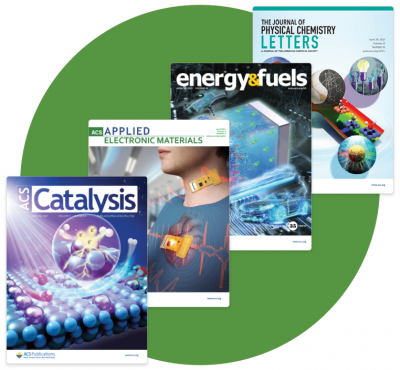Electronics
Electronics have become a core component of modern society.
As we seek to make electronics smaller and more portable, understanding the materials we use becomes ever-more critical. From improving medical sensors to creating the molecular electronics of tomorrow, we have the research you need to answer the next question. Researchers worldwide trust ACS to provide reliable information on the cutting edge of pure and applied electronic sciences.
Sign Up for the ACS Industry Insider for Electronics
Sign UpFeatured Books and Journals
Electronics Solutions in Unexpected Places
Consumer electronics get smaller by the year, and perovskite is a key material in microelectronics. In this article in ACS Applied Materials & Interfaces, find out how researchers are creating materials with higher open-circuit voltage and fill factor.
Read Article
Multidisciplinary Solutions
Many ACS journals are multidisciplinary in nature and are not included in our sample subject-area list. Even our niche journals cover topics that support, or are supported by, a broad array of research areas. Consider the challenge of creating wearable electronics. Many solutions exist and can be found in journals covering pure chemistry, biochemistry, energy, materials science, and more.
More than one ACS journal could hold the answer you need. That’s why we provide numerous flexible options to support organizations of all types and sizes.
Access Options





